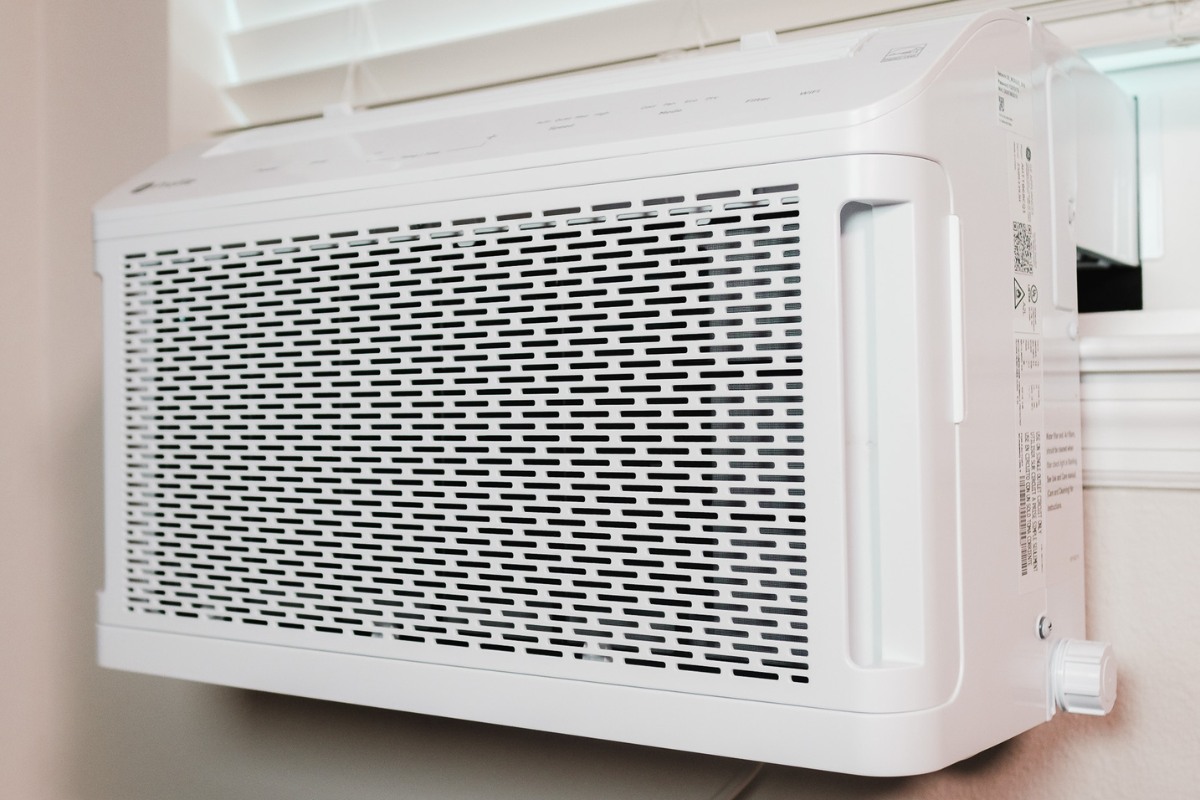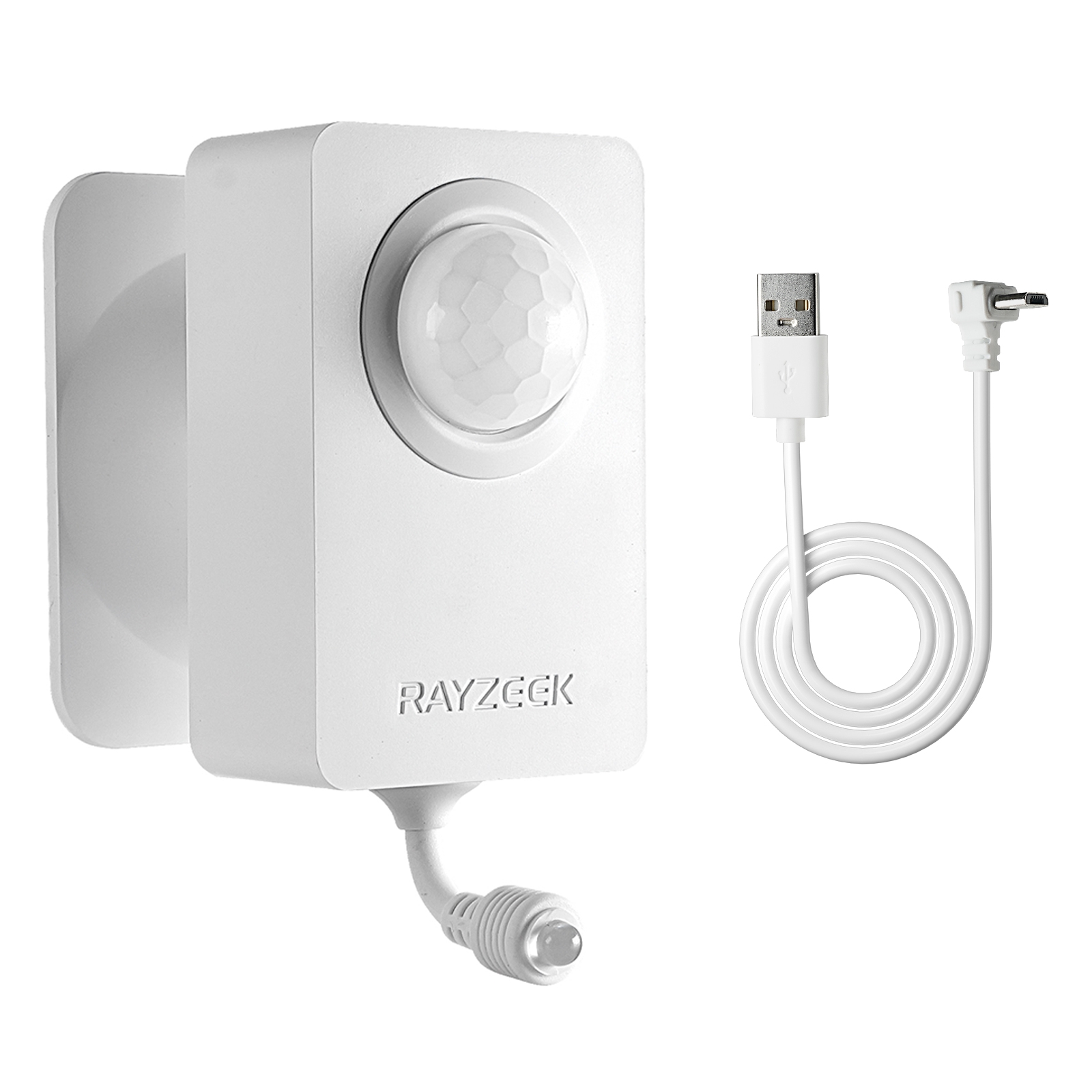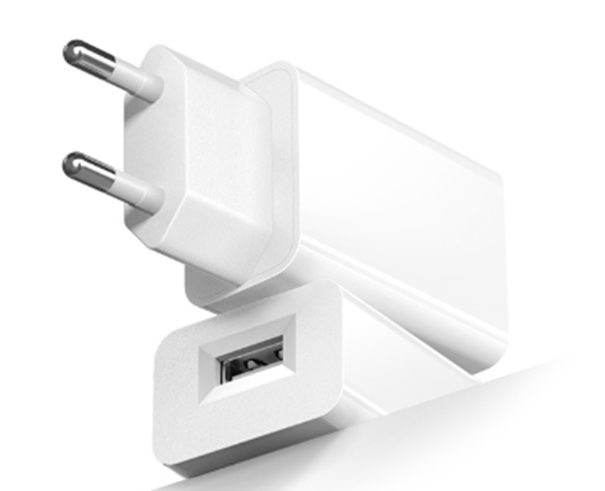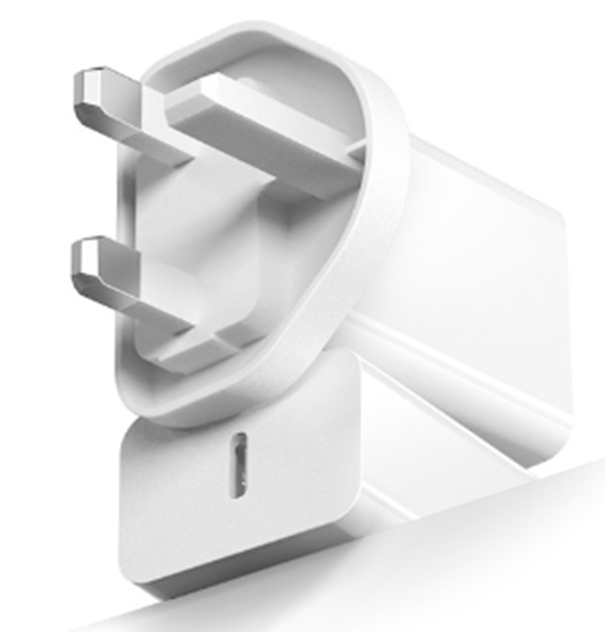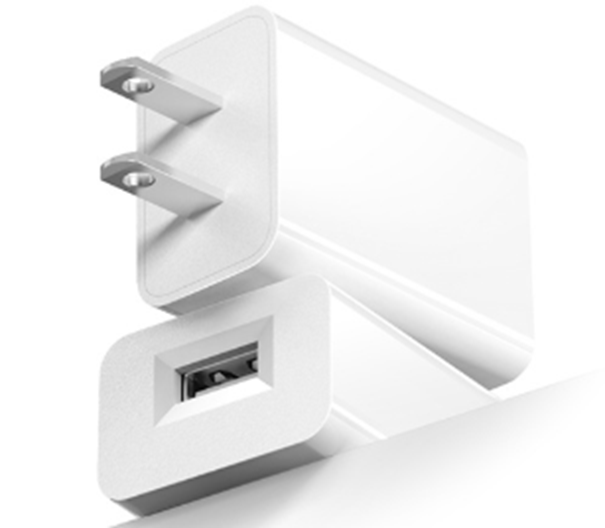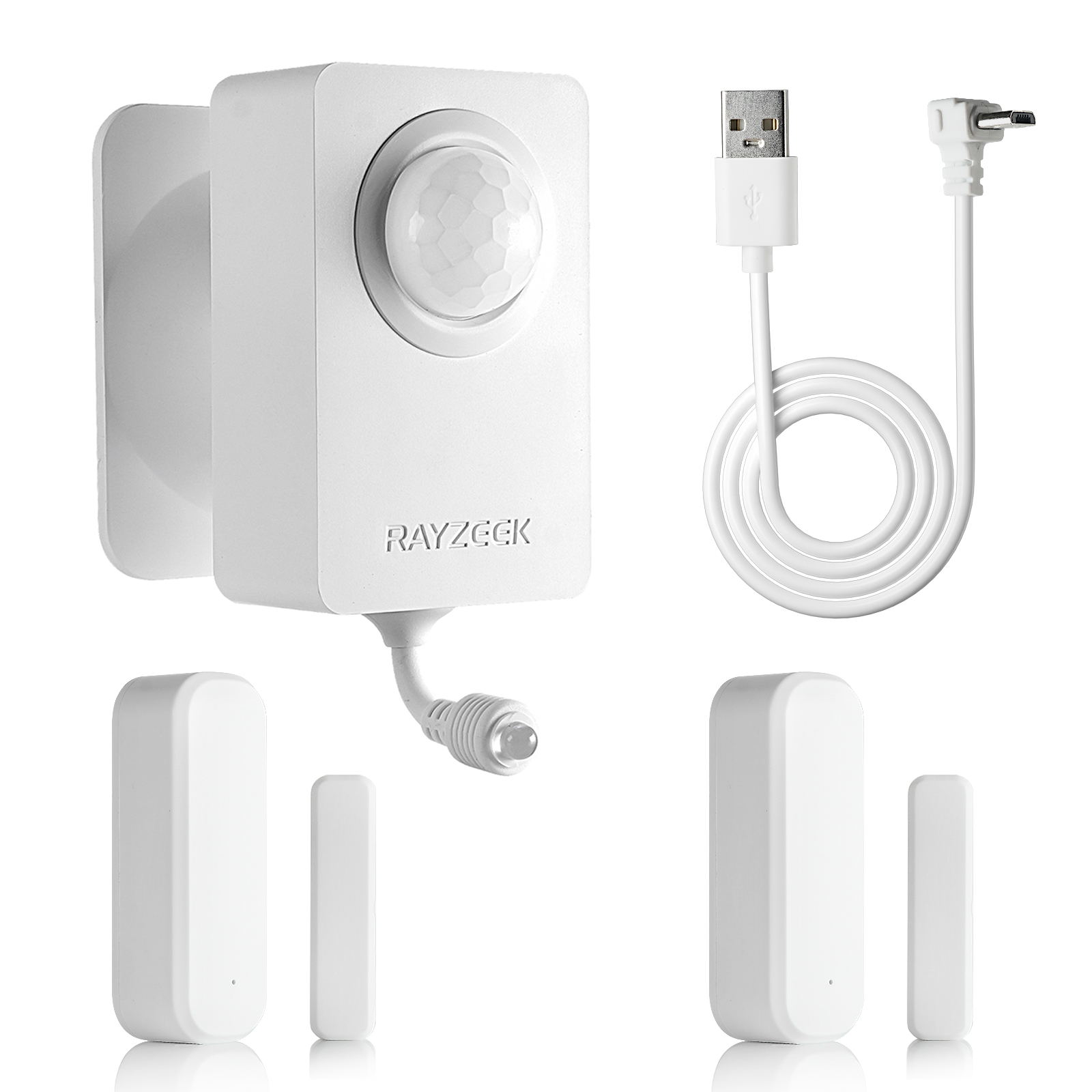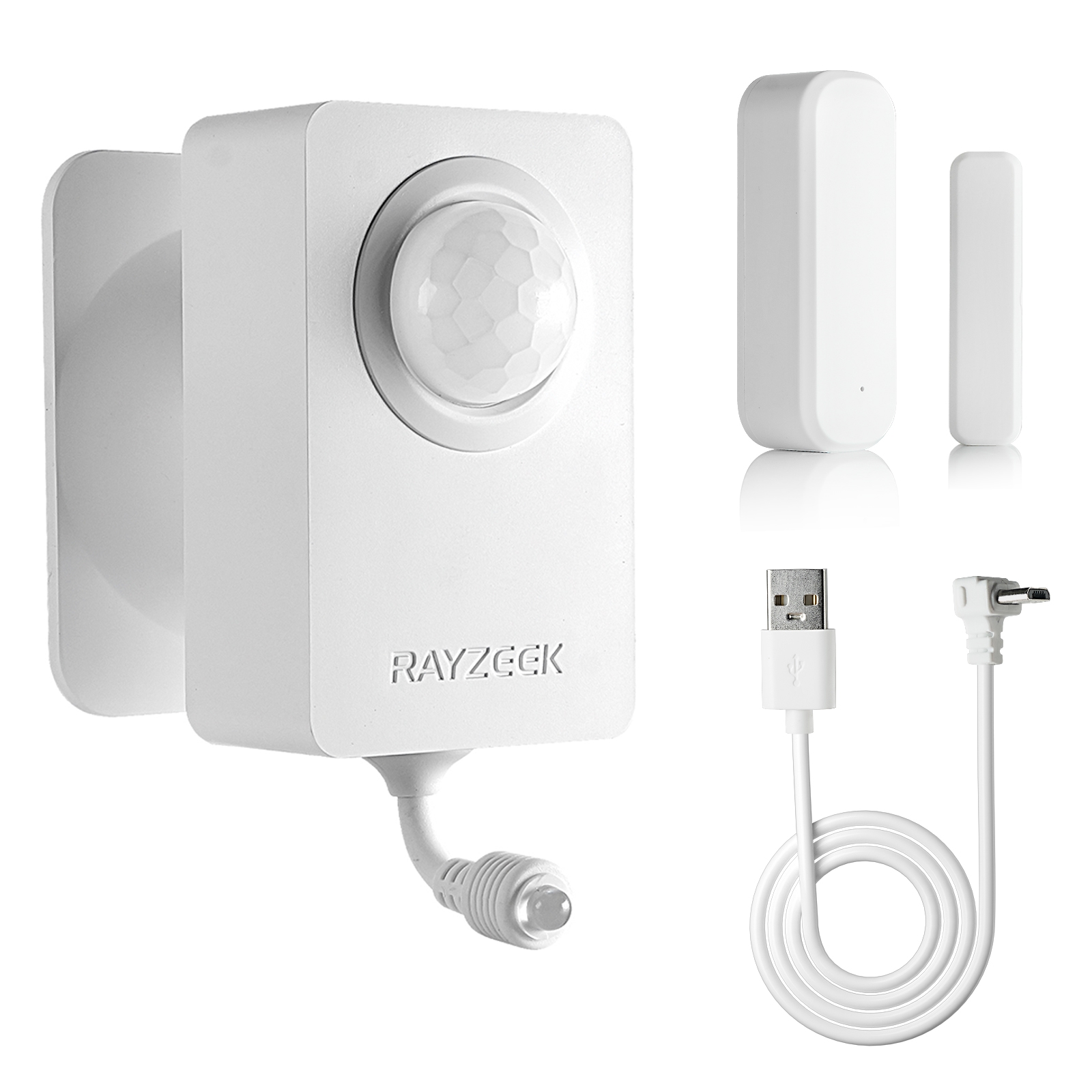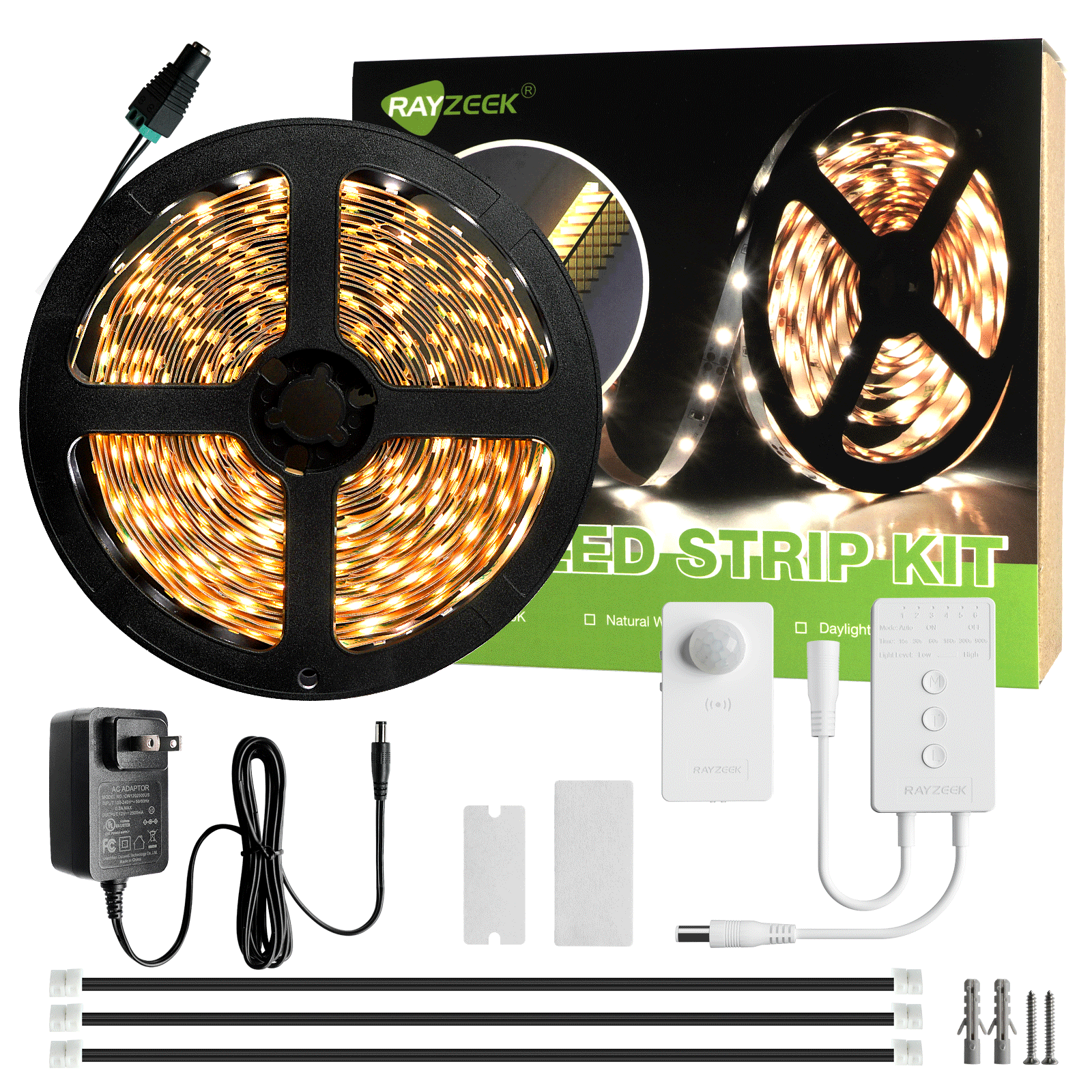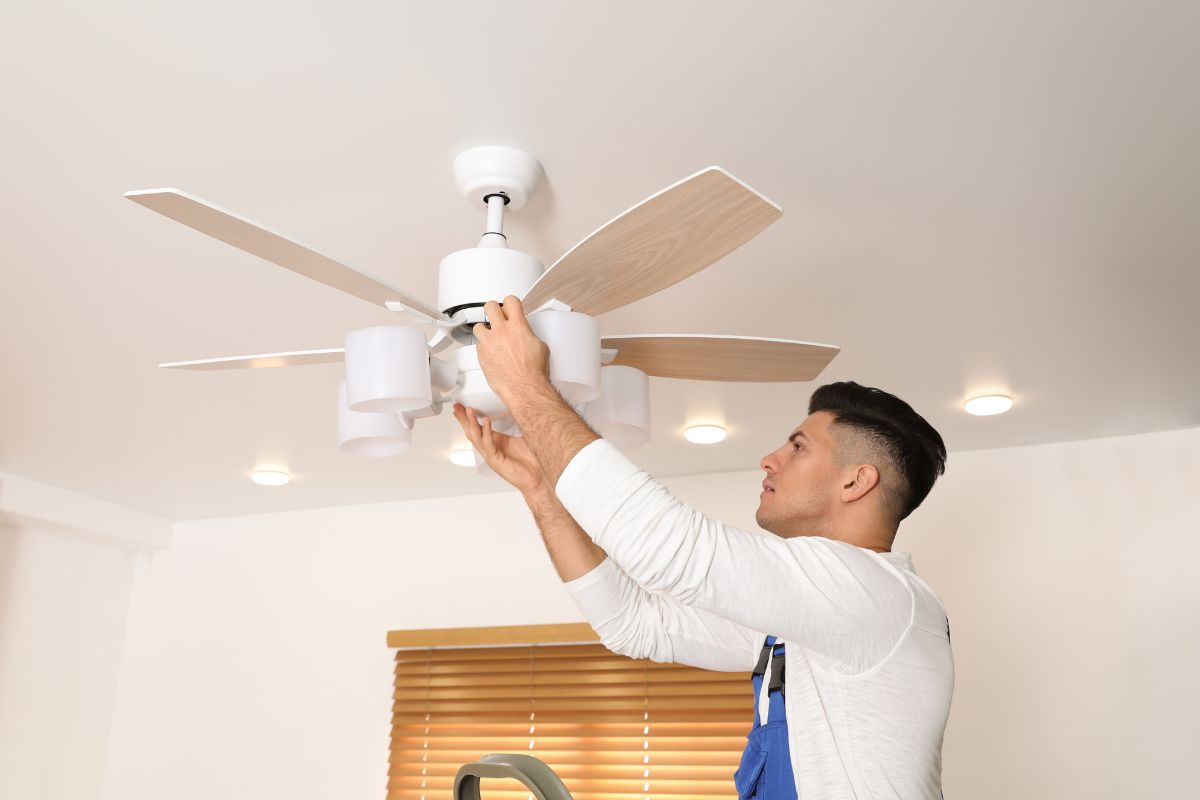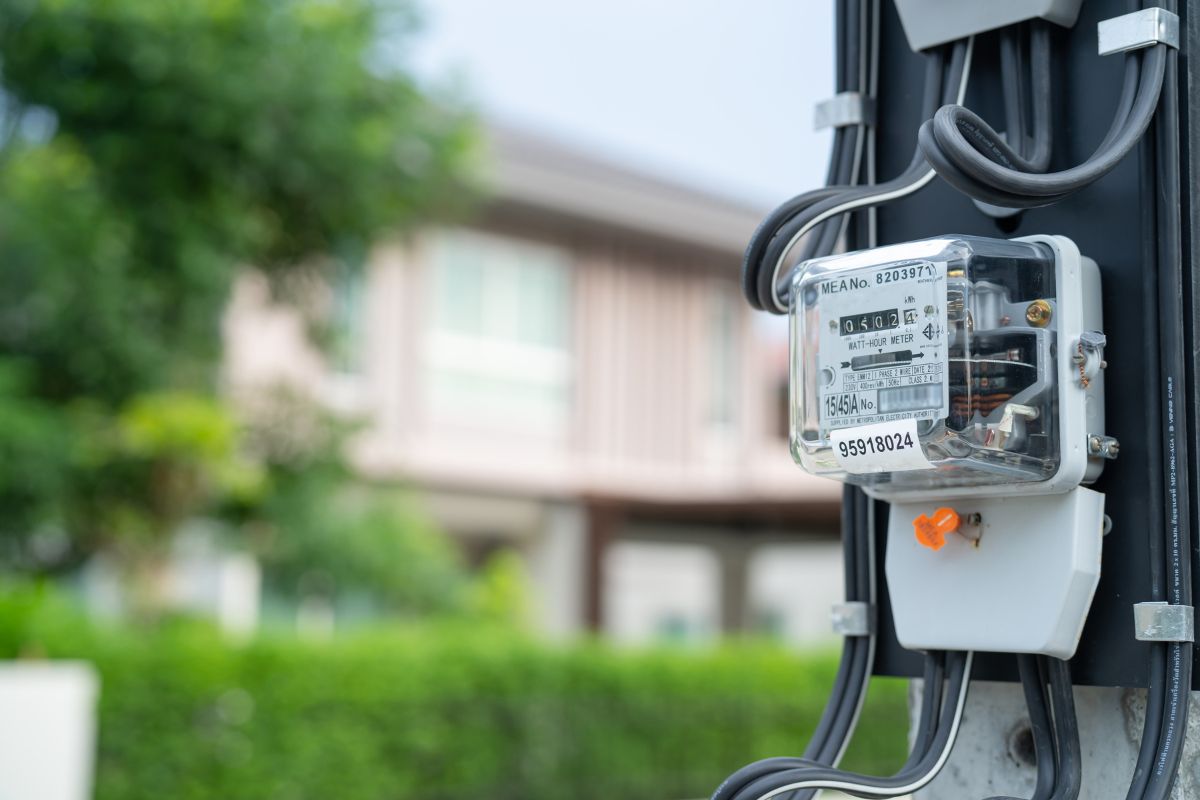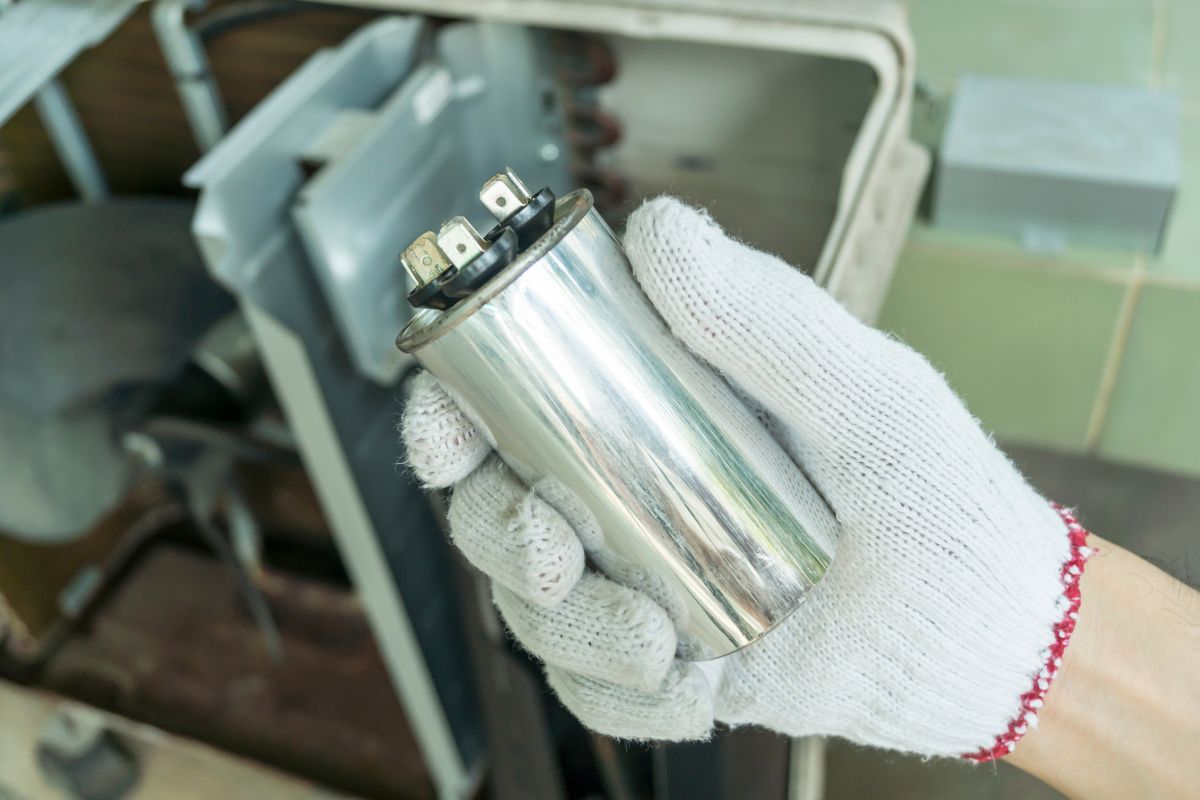Os aparelhos de ar condicionado de janela, embora sejam uma forma conveniente de arrefecer um espaço, podem muitas vezes tornar-se uma fonte de frustração quando surgem problemas de humidade. Desde gotas incómodas a fugas potencialmente prejudiciais, estes problemas podem variar entre pequenos inconvenientes e preocupações significativas que requerem intervenção profissional. Mas antes de chamar os especialistas, um conhecimento profundo dos princípios subjacentes e uma abordagem sistemática à resolução de problemas podem muitas vezes conduzir a soluções eficazes. Este guia aprofunda a ciência da condensação, os meandros dos sistemas de drenagem de AC de janela e os passos práticos que pode dar para diagnosticar e resolver até os problemas de humidade mais persistentes, garantindo que a sua unidade de AC de janela continua a ser uma fonte de conforto e não de preocupação.
A ciência da condensação e das unidades de ar condicionado de janela
No centro da maioria dos problemas de humidade do AC de janela está o processo fundamental de condensação. Para compreender as complexidades destes problemas, temos de compreender primeiro a interação entre a temperatura, a humidade e o estado da água. A condensação ocorre quando o ar quente e húmido entra em contacto com uma superfície mais fria. A capacidade do ar para reter a humidade diminui à medida que a sua temperatura desce. Quando a temperatura do ar atinge o seu ponto de orvalho - a temperatura a que fica saturado e já não consegue reter todo o seu vapor de água - o excesso de humidade condensa-se em água líquida.
No contexto de um ar condicionado de janela, as serpentinas do evaporador, que são responsáveis pelo arrefecimento do ar, fornecem a superfície fria necessária. À medida que o ar interior quente e húmido é aspirado através da unidade e passa por estas serpentinas, a sua temperatura desce significativamente. Se a temperatura da serpentina descer abaixo do ponto de orvalho do ar circundante, forma-se condensação na superfície da serpentina, à semelhança das gotículas de água que se formam num copo frio num dia quente. Esta é uma parte natural e necessária do processo de arrefecimento.
Vários factores influenciam a taxa de condensação. A temperatura ambiente e a humidade relativa são os principais intervenientes. Níveis de humidade mais elevados significam mais humidade no ar, levando a um aumento da condensação. O fluxo de ar também desempenha um papel crucial. As restrições ao caudal de ar, muitas vezes causadas por filtros de ar sujos ou obstruções à volta da unidade, podem reduzir a eficiência do sistema e agravar os problemas de condensação. Um filtro de ar sujo não só restringe o caudal de ar como também permite a acumulação de pó e detritos nas serpentinas do evaporador, dificultando ainda mais a transferência de calor e promovendo a condensação. Compreender estes factores é essencial para diagnosticar e resolver problemas de humidade. O campo da psicrometria, que estuda as propriedades termodinâmicas do ar húmido, fornece informações valiosas sobre estas relações e pode ser uma ferramenta poderosa para os profissionais de AVAC.
Sistemas de drenagem de AC de janela: Um mergulho profundo
Um sistema de drenagem a funcionar corretamente é essencial para gerir a condensação produzida durante o funcionamento normal. As unidades de AC de janela utilizam normalmente um ou mais mecanismos para recolher e remover esta água. O recipiente de condensados, também conhecido como bandeja de recolha, é o principal ponto de recolha. Localizado por baixo das bobinas do evaporador, foi concebido para captar as gotículas de água que se formam na superfície da bobina. A partir do tabuleiro, a água é direcionada para orifícios ou canais de drenagem, que permitem a sua saída da unidade.
Existem vários tipos de sistemas de drenagem normalmente encontrados em ACs de janela. A drenagem por gravidade é a mais simples e a mais comum. Baseia-se no facto de a unidade estar devidamente inclinada para o exterior, permitindo que a água flua naturalmente através dos orifícios de drenagem sob a força da gravidade. A eficácia deste sistema depende da inclinação correta da unidade e de passagens de drenagem desobstruídas. Em situações em que a drenagem por gravidade é insuficiente, como quando a unidade está instalada ao nível ou abaixo do solo, pode ser utilizado um sistema de bomba de condensados. Estas bombas removem ativamente a água do depósito de condensados e descarregam-na para um local adequado, como uma linha de drenagem ou o exterior. Algumas unidades incorporam sistemas evaporativos, concebidos para dissipar a água condensada utilizando o calor das serpentinas do condensador ou um anel de suporte ligado à ventoinha do condensador. O anel de suporte recolhe a água do recipiente de condensação e atira-a contra as serpentinas quentes do condensador, promovendo a evaporação.
No entanto, mesmo os sistemas de drenagem bem concebidos podem ter problemas. Os orifícios de drenagem entupidos são um culpado frequente, muitas vezes causado por uma acumulação de sujidade, detritos, bolor ou ninhos de insectos. A inclinação incorrecta é outro problema comum. Se a unidade não estiver inclinada corretamente, a água pode acumular-se no recipiente de condensado em vez de fluir para os orifícios de drenagem, provocando transbordos e fugas. Rachaduras ou danos no próprio recipiente de condensado também podem resultar em vazamentos, assim como a falha de uma bomba de condensado em unidades equipadas com ela. Compreender o tipo específico de sistema de drenagem na sua unidade e os seus potenciais pontos de falha é crucial para uma resolução eficaz de problemas.
Embora a resolução de problemas de drenagem seja crucial para a manutenção da sua unidade de ar condicionado, outra fonte comum de desperdício de energia e de contas mais elevadas é deixar o ar condicionado a funcionar numa divisão vazia. É fácil esquecermo-nos de desligar o ar condicionado quando saímos, especialmente quando estamos com pressa. É aqui que entra uma solução inteligente como o sensor de movimento do ar condicionado RZ050.
Sensor de movimento do ar condicionado RZ050
Pare de desperdiçar energia quando está fora
- Desliga automaticamente o ar condicionado quando o utilizador sai da divisão.
- Poupe até 50% na sua fatura energética.
- Fácil instalação DIY - não é necessária cablagem.
O RZ050 foi concebido para detetar quando uma divisão está desocupada e desligar automaticamente a sua unidade de AC de janela, evitando o consumo desnecessário de energia. É uma forma simples mas eficaz de poupar dinheiro nas suas contas de energia e reduzir a sua pegada ambiental. Com a sua fácil instalação DIY e compatibilidade com a maioria das unidades de AC com controlo remoto, o RZ050 oferece uma forma descomplicada de atualizar o seu AC de janela e torná-lo mais inteligente.
Identificar a causa principal: Uma abordagem de diagnóstico sistemático
Quando confrontado com uma unidade de AC de janela com fugas ou excessivamente húmida, é essencial uma abordagem sistemática para identificar a causa principal. Comece com uma inspeção preliminar minuciosa. Examine visualmente a unidade para detetar quaisquer sinais óbvios de fugas, manchas de água ou crescimento de bolor. Preste muita atenção à área em redor da unidade, tanto no interior como no exterior. Verifique o filtro de ar; um filtro sujo ou obstruído pode afetar significativamente o fluxo de ar e contribuir para problemas de condensação. Limpe ou substitua o filtro, se necessário. Em seguida, utilize um nível para verificar se a unidade está corretamente inclinada para o exterior. Mesmo um ligeiro desvio do ângulo recomendado pode impedir a drenagem.
O passo seguinte é localizar a origem da água. Se a fuga estiver a ocorrer no interior da divisão, observe cuidadosamente onde a água está a pingar ou a acumular-se. Está a vir da grelha frontal, dos lados da unidade ou da área onde a unidade se encontra com a moldura da janela? Se a fuga for exterior, verifique os orifícios de drenagem e a área circundante quanto a sinais de bloqueio ou drenagem incorrecta. Diferenciar entre condensação e intrusão de água da chuva pode ser um desafio, mas é crucial para a resolução eficaz de problemas. Se o problema ocorrer apenas durante ou após a chuva, é provável que se trate de uma fuga de água da chuva. Se ocorrer mesmo quando não está a chover, a condensação é a causa mais provável. Pode utilizar toalhas de papel ou algumas gotas de corante alimentar para ajudar a localizar o fluxo de água e identificar a origem da fuga.
Inspire-se nos portfólios de sensores de movimento Rayzeek.
Não encontra o que pretende? Não se preocupe. Há sempre formas alternativas de resolver os seus problemas. Talvez um dos nossos portefólios possa ajudar.
Para problemas mais complexos ou persistentes, podem ser necessárias técnicas de diagnóstico avançadas. Um medidor de humidade pode ser uma ferramenta valiosa para detetar a acumulação de humidade oculta nas paredes ou à volta da moldura da janela. Se suspeitar de um problema com as serpentinas do evaporador, como acumulação de gelo ou condensação excessiva, pode ser necessário aceder e inspecionar cuidadosamente as serpentinas. Normalmente, isto implica a remoção da tampa frontal da unidade e, possivelmente, de outros componentes. Se não se sentir confortável a trabalhar com aparelhos eléctricos, é melhor consultar um técnico qualificado. Verificar as linhas de drenagem com um aspirador de líquidos/secos pode ajudar a eliminar obstruções difíceis e a verificar a drenagem correta. Estas técnicas avançadas requerem uma atenção cuidadosa aos procedimentos de segurança e um bom conhecimento do funcionamento interno da unidade.
Resolução de problemas comuns de drenagem: Entupimentos, inclinações e muito mais
Depois de identificar a causa provável do problema de humidade, pode tomar medidas específicas para o resolver. A desobstrução de orifícios de drenagem entupidos é frequentemente uma solução simples e eficaz. Dependendo da gravidade e da localização do entupimento, pode utilizar uma variedade de ferramentas, como um arame duro, um limpa-cachimbos ou ar comprimido. Insira suavemente a ferramenta escolhida no orifício de drenagem e trabalhe-a para a frente e para trás para desalojar quaisquer obstruções. Tenha cuidado para não perfurar ou danificar os componentes internos. Para evitar futuros entupimentos, é uma boa prática limpar periodicamente os orifícios de drenagem e considerar a utilização de uma pastilha biocida, que pode ajudar a inibir o crescimento de bolor e algas no sistema de drenagem.
Ajustar a inclinação da unidade é outra solução comum. A maioria dos fabricantes recomenda uma ligeira inclinação para baixo em direção ao exterior para facilitar a drenagem adequada. O ângulo exato pode variar consoante o modelo específico, pelo que deve consultar o manual do proprietário para obter a definição recomendada. Pode utilizar calços - peças de material finas, em forma de cunha - para fazer ajustes precisos à inclinação da unidade. Coloque os calços sob a extremidade frontal da unidade para aumentar a inclinação ou sob a extremidade traseira para a diminuir. Utilize um nível para garantir que a unidade está corretamente posicionada depois de efetuar os ajustes.
Pode ser necessário reparar ou substituir um tabuleiro de condensado danificado se este estiver rachado ou com fugas. As fissuras mais pequenas podem, por vezes, ser reparadas utilizando epóxi ou um vedante especializado concebido para ser utilizado com plásticos. No entanto, é crucial garantir que o material escolhido é compatível com o material do tabuleiro e que consegue suportar a presença constante de humidade. Se os danos forem extensos, a substituição de todo o tabuleiro pode ser a melhor opção. Normalmente, isto implica a remoção da unidade da janela e a sua desmontagem para aceder ao tabuleiro. Embora seja possível fazer isto por si próprio, pode ser um processo complexo e moroso, pelo que deve considerar a hipótese de contratar um profissional.
Procura soluções de poupança de energia activadas por movimento?
Contacte-nos para obter sensores de movimento PIR completos, produtos de poupança de energia activados por movimento, interruptores com sensor de movimento e soluções comerciais de Ocupação/Vazio.
Soluções avançadas para fugas persistentes e humidade
Quando as correcções comuns não resolvem o problema, é altura de explorar soluções mais avançadas. Nalguns casos, pode ser necessário modificar o sistema de drenagem. Por exemplo, se a localização da unidade ou o ambiente circundante tornar a drenagem por gravidade impraticável, a instalação de uma mangueira de drenagem pode proporcionar uma forma mais eficaz de redirecionar a água para longe da janela e da fundação do edifício. Normalmente, isto envolve a ligação de uma mangueira à saída de drenagem da unidade e o seu encaminhamento para um local de drenagem adequado, como um dreno próximo ou um contentor. Em situações em que a drenagem por gravidade é insuficiente e uma mangueira de drenagem não é viável, uma bomba de condensado pode ser a resposta. Estas bombas são concebidas para remover automaticamente a água do recipiente de condensados e descarregá-la para uma elevação mais elevada ou para um local remoto. A instalação de uma bomba de condensados requer, normalmente, alguma modificação no sistema de drenagem da unidade e pode implicar a realização de furos ou outras alterações.
Melhorar a vedação e o isolamento à volta da unidade também pode ajudar a resolver problemas de humidade persistentes. As fugas de ar à volta da unidade e da moldura da janela podem permitir a entrada de ar quente e húmido, aumentando a condensação e podendo provocar danos causados pela água. Para identificar as fugas de ar, inspeccione cuidadosamente a área à volta da unidade para ver se existem lacunas ou fendas. Também pode utilizar um pau de incenso aceso ou um pedaço fino de papel de seda para detetar correntes de ar. Depois de localizar as fugas, pode vedá-las com calafetagem, espuma expansiva ou calafetagem, dependendo do tamanho e da localização da fenda. A escolha do vedante correto é crucial para garantir uma vedação duradoura e estanque. A calafetagem de silicone é uma boa escolha para as áreas expostas à humidade, enquanto a espuma expansiva pode ser utilizada para preencher lacunas maiores. Aplicar corretamente o vedante é tão importante como selecionar o produto certo. Certifique-se de que as superfícies estão limpas e secas antes de aplicar o vedante e utilize uma pistola de calafetagem ou uma ferramenta semelhante para garantir um cordão liso e uniforme.
Em alguns casos, a utilização de um desumidificador auxiliar em conjunto com a unidade de AC de janela pode ajudar a gerir os níveis de humidade interior e a reduzir a condensação. Isto é particularmente útil em regiões com humidade muito elevada ou em divisões com tendência para problemas de humidade. Ao escolher um desumidificador, tenha em conta o tamanho da divisão e a gravidade do problema de humidade. Procure uma unidade com uma capacidade adequada ao espaço e caraterísticas como um humidistato, que lhe permite definir um nível de humidade desejado.
O papel fundamental de uma instalação e manutenção corretas
Uma instalação adequada é fundamental para evitar problemas de humidade e garantir o desempenho a longo prazo do seu ar condicionado de janela. Embora alguns proprietários possam optar por uma abordagem "faça você mesmo", a instalação profissional efectuada por um técnico de AVAC qualificado oferece várias vantagens. Os profissionais têm os conhecimentos e a experiência necessários para garantir que a unidade está corretamente dimensionada para o espaço, devidamente posicionada e montada de forma segura. Também podem identificar potenciais problemas, como um suporte de janela inadequado ou ligações eléctricas impróprias, que podem levar a problemas no futuro.
Talvez esteja interessado em
Se optar por instalar a unidade por si próprio, é crucial seguir cuidadosamente as instruções do fabricante e respeitar os códigos de construção locais. Preste muita atenção aos seguintes passos fundamentais:
- Escolher a localização correta: Selecione uma janela com o tamanho adequado para a unidade e localizada perto de uma tomada eléctrica adequada. Evite locais que estejam expostos à luz solar direta durante períodos prolongados, uma vez que isso pode reduzir a eficiência da unidade.
- Vedação e isolamento adequados: Criar uma vedação estanque à volta da unidade é essencial para evitar fugas de ar e de água. Utilize calafetagem, calafetagem ou outros materiais adequados para preencher quaisquer espaços entre a unidade e o caixilho da janela.
- Fixação segura: Certifique-se de que a unidade está firmemente montada no caixilho da janela ou num suporte de apoio para evitar vibrações, movimentos e potenciais danos.
- Ligação eléctrica correta: A unidade deve ser ligada a uma tomada com ligação à terra que cumpra as especificações do fabricante. Evite utilizar cabos de extensão, pois podem constituir um risco para a segurança.
A manutenção de rotina é igualmente importante para evitar problemas de humidade e garantir um desempenho ótimo. A limpeza regular do filtro de ar é essencial para manter o fluxo de ar adequado e evitar a acumulação de sujidade e detritos nas bobinas do evaporador. Dependendo da utilização e das condições ambientais, o filtro deve ser limpo ou substituído a cada poucas semanas ou meses. Inspecionar e limpar as serpentinas pelo menos uma vez por ano também pode ajudar a melhorar a eficiência e a reduzir a condensação. Normalmente, isto implica a remoção da tampa frontal da unidade e a utilização de uma escova macia ou de uma solução especializada de limpeza de serpentinas para remover qualquer sujidade ou fuligem acumulada.
Verificar e limpar regularmente os tubos de drenagem é outra tarefa de manutenção crucial. Utilize um arame, um limpa-cachimbos ou ar comprimido para remover quaisquer obstruções e garantir uma drenagem adequada. É também uma boa ideia efetuar uma inspeção visual da unidade várias vezes por ano, procurando sinais de desgaste, danos ou fugas. Preste atenção ao estado dos vedantes, do recipiente de condensados e à integridade geral da unidade.
Estratégias a longo prazo para um ar condicionado de janela seco e eficiente
Para além de resolver os problemas imediatos de humidade, a adoção de estratégias a longo prazo pode ajudar a garantir que a sua unidade de AC de janela permanece seca, eficiente e sem problemas durante muitos anos. A otimização do fluxo de ar é fundamental para minimizar a condensação e maximizar o desempenho de refrigeração. Certifique-se de que a área à volta da unidade está livre de obstruções, como móveis, cortinas ou plantas, que possam restringir o fluxo de ar. A ventilação adequada dentro da divisão também é importante. A utilização de exaustores em cozinhas e casas de banho pode ajudar a remover o excesso de humidade gerado por cozinhar, tomar banho e outras actividades.
A gestão dos níveis de humidade interior é outro aspeto crucial do controlo da humidade a longo prazo. Tal como referido anteriormente, a utilização de um desumidificador pode ser uma forma eficaz de manter níveis de humidade ideais, especialmente em climas húmidos ou durante períodos de humidade elevada. A monitorização da humidade interior com um higrómetro pode ajudá-lo a controlar os níveis de humidade e a fazer ajustes conforme necessário. Procure obter um nível de humidade relativa entre 30% e 50% para um conforto ideal e para minimizar a condensação.
Finalmente, considere a possibilidade de agendar inspecções profissionais regulares à sua unidade de AC de janela. Embora a manutenção de rotina possa ajudar bastante a evitar problemas, um técnico de AVAC qualificado pode identificar potenciais problemas que lhe possam passar despercebidos. Durante uma inspeção, o técnico irá normalmente limpar as bobinas, verificar o nível de refrigerante, inspecionar os componentes eléctricos e verificar a drenagem adequada. Pode também identificar quaisquer sinais de desgaste ou danos que possam conduzir a problemas futuros.

